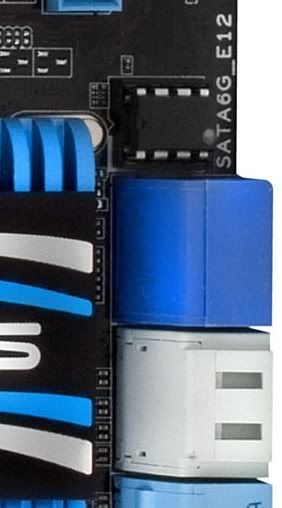4.7 GHz: More than 4 hours LinX + prime stable
4.6 GHz: Fails y-cruncher (100b) 8 hours in
Vcore = BIOS: 1.185, offset +0.020
Load vcore: as high as 1.408
Load-Line Calibration = Ultra High
Current Capability = 100%
Frequency = 350KHz
Phase Control = Manual - Fast
Duty Control = T.Probe
================================
4.7 GHz: More than 4 hours LinX + prime stable
4.6 GHz: Run 1 - Passes y-cruncher (100b) in 36 hours
4.6 GHz: Run 2 - Fails y-cruncher (100b) at 30 hours
4.4 GHz: Passes y-cruncher (250b) in 129 hours
Vcore = BIOS: 1.190, offset +0.025
Load vcore: as high as 1.408
Load-Line Calibration = Ultra High
Current Capability = 100%
Frequency = 350KHz
Phase Control = Manual - Fast
Duty Control = T.Probe






 Reply With Quote
Reply With Quote








Bookmarks